Detective Regent reveals the famous poster “Hey, Koike! The birth of the poster

The man who entered the interview room had hair that had been beautifully stroked backward and thin, colored glasses in his eyes.
The man who entered the interview room clearly had a different atmosphere from the average person. However, as if to overturn his strong image, the man began to speak in a soft Kansai dialect.
He said, “People think it takes time to do my hair, but it only takes about 10 minutes. I just use a hair dryer. I’ve had this hairstyle since I was 15 years old because I admired the way Ei-chan (Eikichi Yazawa) lived his life, so I can set it quickly.
The man’s name is Hiroyasu Akiyama (61). His name is Hiroyasu Akiyama, 61, a former police officer who served for 42 years in the Tokushima Prefectural Police Department and was nicknamed “Detective Regent (Deka)” for his distinctive haircut. Along with the regent, there is a famous poster that has made Akiyama a national celebrity. It was created for the investigation of a wanted man in a murder case in Tokushima Prefecture, and reads “Hey, Koike! made for the investigation of a wanted criminal in a murder case in Tokushima Prefecture. Akiyama reveals the story behind the creation of the famous poster that has become a household name among many Japanese people.
It was April 20, 2001. Akiyama was standing in the ruins of a fire that had broken out in a prefectural housing complex in Tokushima City. The smell of kerosene was in the air, and a partially charred body lay in the back of the room where the fire took place. An electric cord was wrapped around his neck, and he had been beaten with a blunt instrument. The victim was a 66-year-old man.
When I saw the expression on his face, I thought, ‘It must have been someone close to me. His face showed a strong sense of regret, as if to say, ‘Why did you kill me? I turned to face the corpse and put my hand on his hand. I faced the corpse, clasped my hands together, and vowed, “I will arrest the murderer. I will definitely apprehend the murderer.
The Prefectural Police’s Blunder
The 66-year-old man was not the only victim. His 38-year-old son was found burned to death in the ruins of a villa development site on Awaji Island, Hyogo Prefecture. Shunichi Koike, then 40, came to the forefront of the investigation.
The victim and his son had a daily routine of going to a nearby pachinko parlor. Koike would often show up, and whenever they lost, he would ask them for money. The father had been steadily depositing the money for his son, who was mildly disabled. Koike murdered the father and son in order to steal the 40 million yen deposit, and even set fire to destroy the evidence. Although my motto is ‘hate the crime, hate the person,’ I could not forgive the murderer.
However, the Tokushima Prefectural Police made the mistake of not having gathered enough evidence to request an arrest warrant. Koike recognized that the case had been discovered when he saw the media in front of his house. He fled the scene.
I know it’s a bit of a consequence, but we should have arrested Koike right away,” said Mr. Tokushima. Koike was immediately placed on a nationwide wanted list, and a lengthy manhunt ensued.
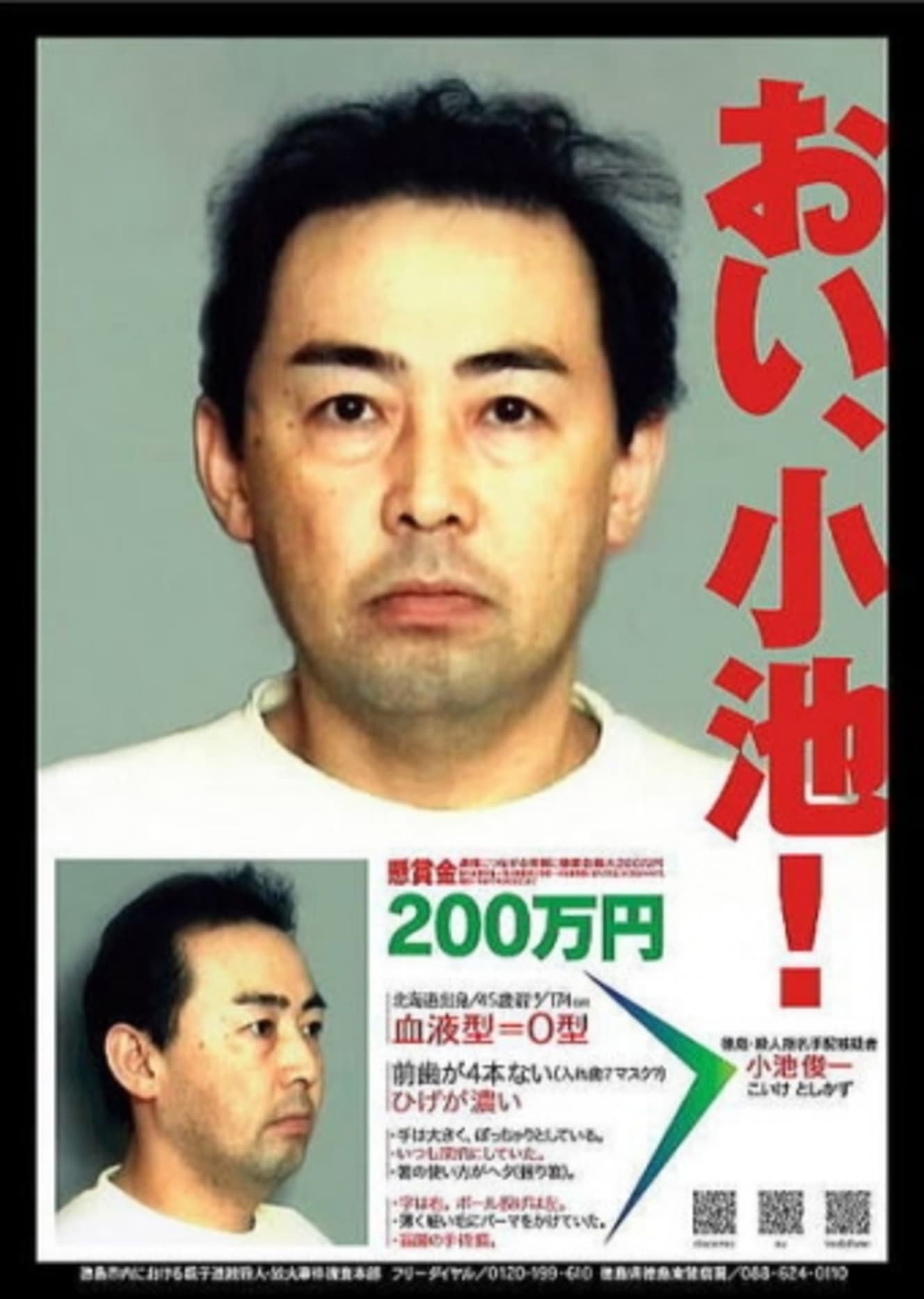
In October 2002, about a year and a half after the incident, Akiyama was asked by Fuji Television to appear on the program. It was a program featuring famous detectives from around the country. Akiyama tried to refuse, but the chief of the Investigation Department of the prefectural police at the time encouraged him to appear on the program, saying, “Akiyama, you should appear on TV.
Akiyama was about to refuse, but the chief of the Investigation Department of the prefectural police at the time encouraged him to appear on the program, saying, “Akiyama, go on TV. But there is a condition. You have to tell the whole country about Koike, a wanted criminal, on TV. Go on the air to gather information from all over the country.
The appearance of the eccentric detective with a regent hair drew a lot of attention from the viewers. However, as time passed, information about Koike began to cease. In order to overcome the situation, Section Chief Akiyama ordered Akiyama to come up with a poster that would “get the public interested.
The standard poster, ‘If you see this face, call 110,’ was being put up all over the country, but it didn’t have much of an impact,” Akiyama said. After some brainstorming with my staff, we came up with this catchphrase: ‘This man killed two people and burned them. This man has the face of a man who killed two people and burned them.
The first section chief shook his shoulders and yelled at Akiyama.
‘Idiot! Of course it’s not going to work like this. Redo it!”
The flood of complaints
Mr. Akiyama recalls.
Police officers see the bodies on a daily basis, so they don’t feel any discomfort, but they should think about the feelings of the general public, who may think it’s outrageous. Certainly, they were not considerate enough. After getting into a bind, I turned to an expert. I asked a professor specializing in design at Osaka University of Arts to come up with a catchphrase.
The result was that famous phrase: “Hey, Koike! Hey, Koike! The phrase was “Hey, Koike!
The moment I saw it, I thought, ‘This is great. It had a great impact. At the same time, I was worried about whether it would be all right.
Akiyama’s fears proved correct. Immediately after the “Hey, Koike! posters were put up across the country, the prefectural police were inundated with complaints.
The complaints were as follows. Thanks to the posters, our children are being bullied! What are you going to do about it? What are you going to do about it? Koike-san from all over the country reacted. We had no choice but to politely explain and convince them.
Nevertheless, the effect was immediate: on many days, we received more than 100 pieces of information, instead of less than one a day. Investigators traveled all over the country in search of clues.
One time I was in Hokkaido, Koike’s hometown. I was in the sauna rest area when a man with no pinky finger approached Eagle. I braced myself to see if he was going to accuse me of something, but he said, ‘Mr. Akiyama, thank you for your hard work. I always watch you on TV,’ he said, showing me the standby screen of his cell phone. The picture was a poster image of “Hey, Koike! The man said, “He looks like a young guy.
The man said, “I’ve ordered the young people to let me know immediately if they see anyone who looks like him. The man was trying to help us with our investigation. I bowed and said, ‘Thank you very much. Thank you.
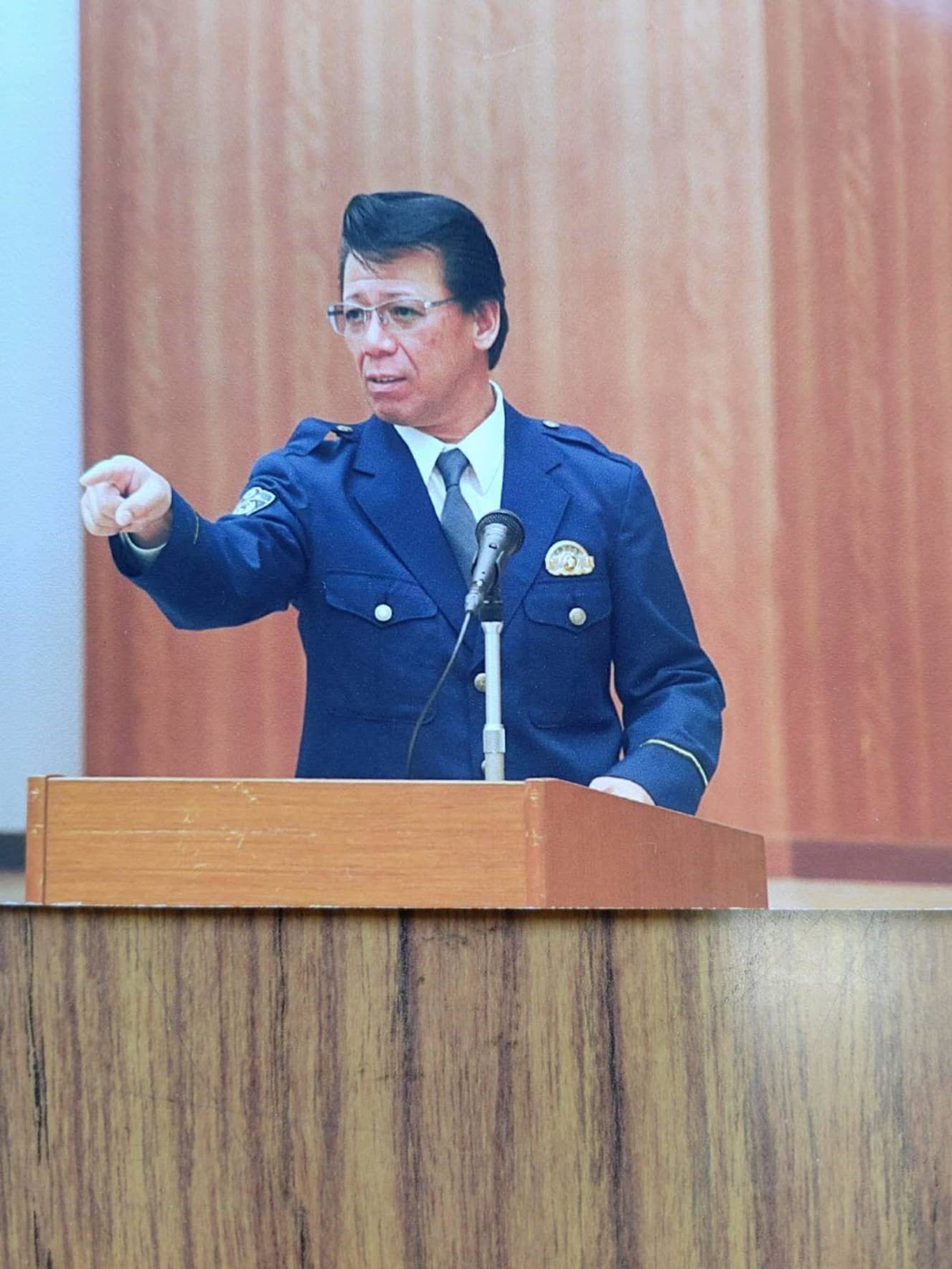
In April 2010, a full nine years had passed since the incident. In April 2010, nine years after the incident, the statute of limitations on prosecution for murder was abolished. Akiyama saw this as an opportunity and asked a professor at Osaka University of Arts to help him out again. He updated his catchphrase as follows.
“Hey, Koike! It’s about time!”
Akiyama, who has been appearing on TV more and more as “Detective Regent,” often faces the screen and pleads, “Hey, Koike, come on out!
Hey, come on out, Koike!”
Akiyama was looking forward to the X-day of his arrest with a feeling of “Koike, be prepared! Then, the investigator on duty received an alarming report.
Koike has been found dead!
Zero or 100 points?
In October 2012, a woman living with a man was found dead in the bathroom of her apartment in Okayama Prefecture; she called 119, but he was pronounced dead at the hospital. The cause of death was acute heart failure.
Fingerprint matching revealed that the man was identified as Koike. Koike’s appearance had become a completely different person since the beginning of the incident. He had gained weight and shaved his hair and eyebrows. There were about 20 disguise glasses in his room. Koike had been hiding out in the room of his female roommate under a false identity.
I was so shocked that I lost all strength in my body. I was so shocked that I lost strength all over my body, even getting shingles. I thought about Koike every waking moment. Feeling responsible, I submitted my resignation, but it was not accepted, saying, ‘As long as I don’t make the same mistake again, I’ll be fine.
In criminal work, you get 100 points if you make an arrest and zero points if you miss. I vowed to myself, ‘I will never let anyone get away with this again. The reason I was able to work for the police until retirement was because of my bitter experience in the Koike case.
The Koike case ended unexpectedly. About 1,080,000 posters were distributed nationwide, and a total of 25,000 investigators were mobilized. The Koike case was the catalyst for Akiyama’s subsequent success in solving a number of heinous cases. Now retired, Akiyama shares his valuable experiences at lectures and events, and in March of this year he published “Detective Regent: The Complete Record of My 42-Year Police Career. Mr. Akiyama smiles kindly and says, “I would like to continue to help solve problems.
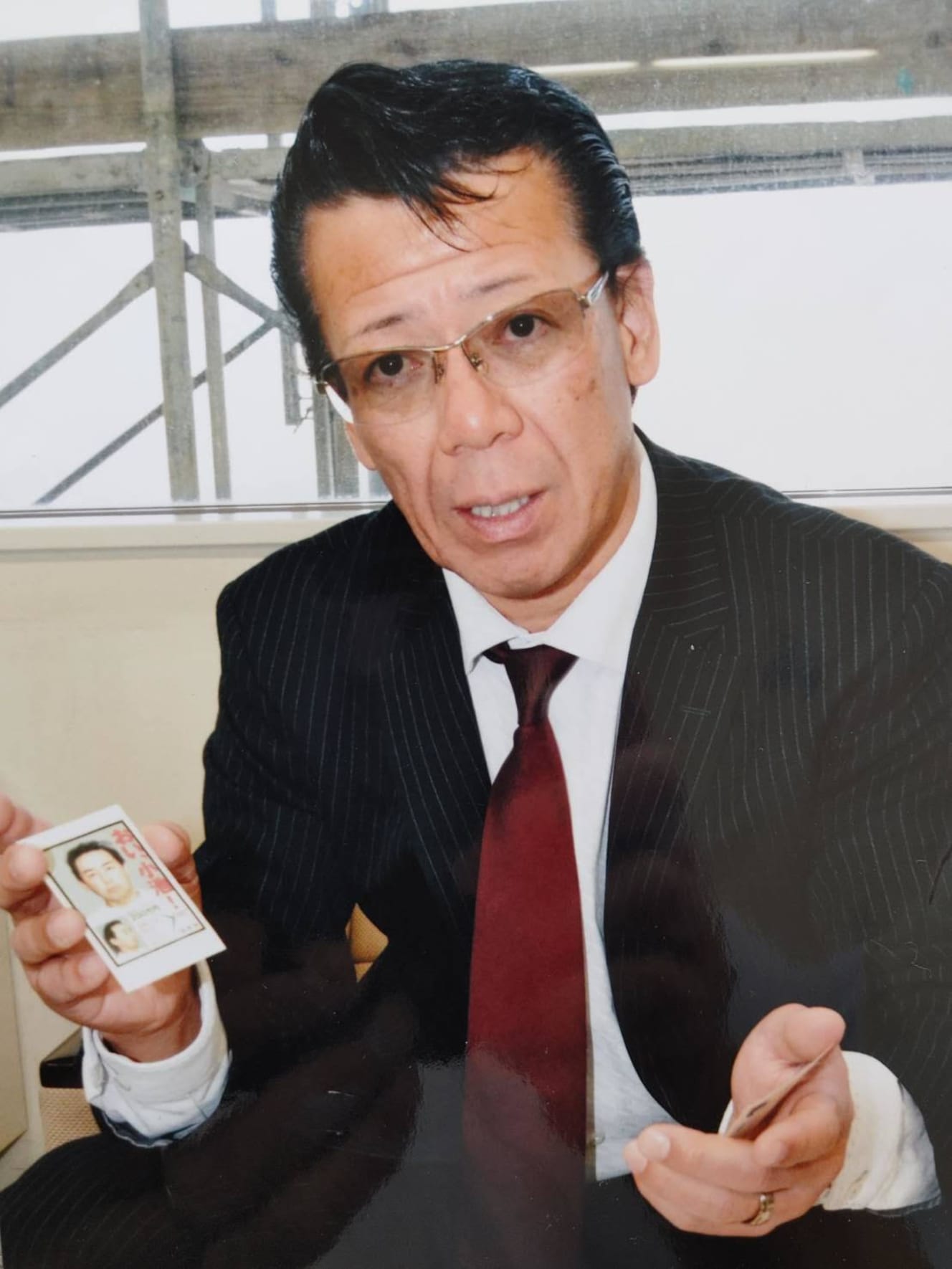

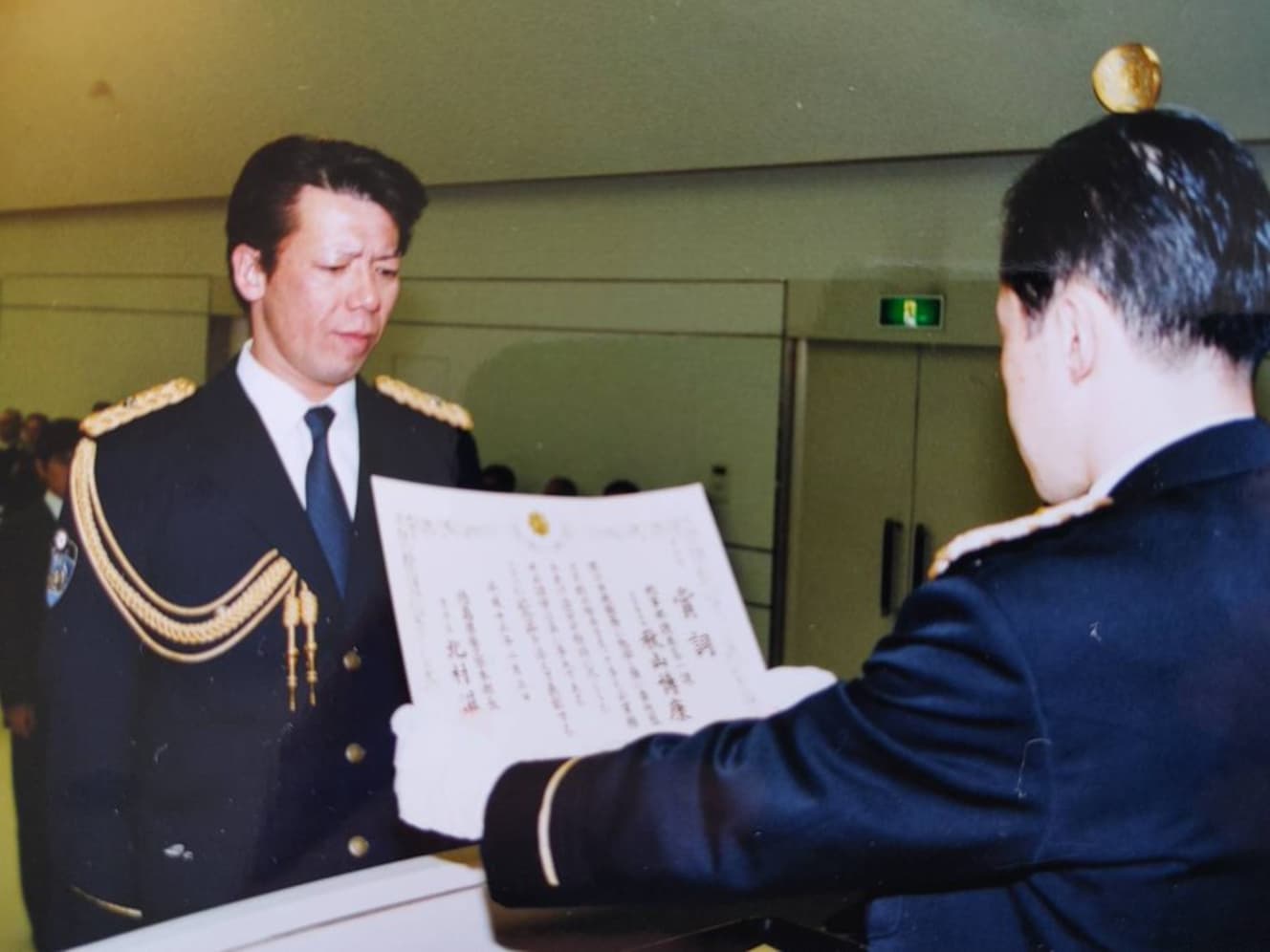
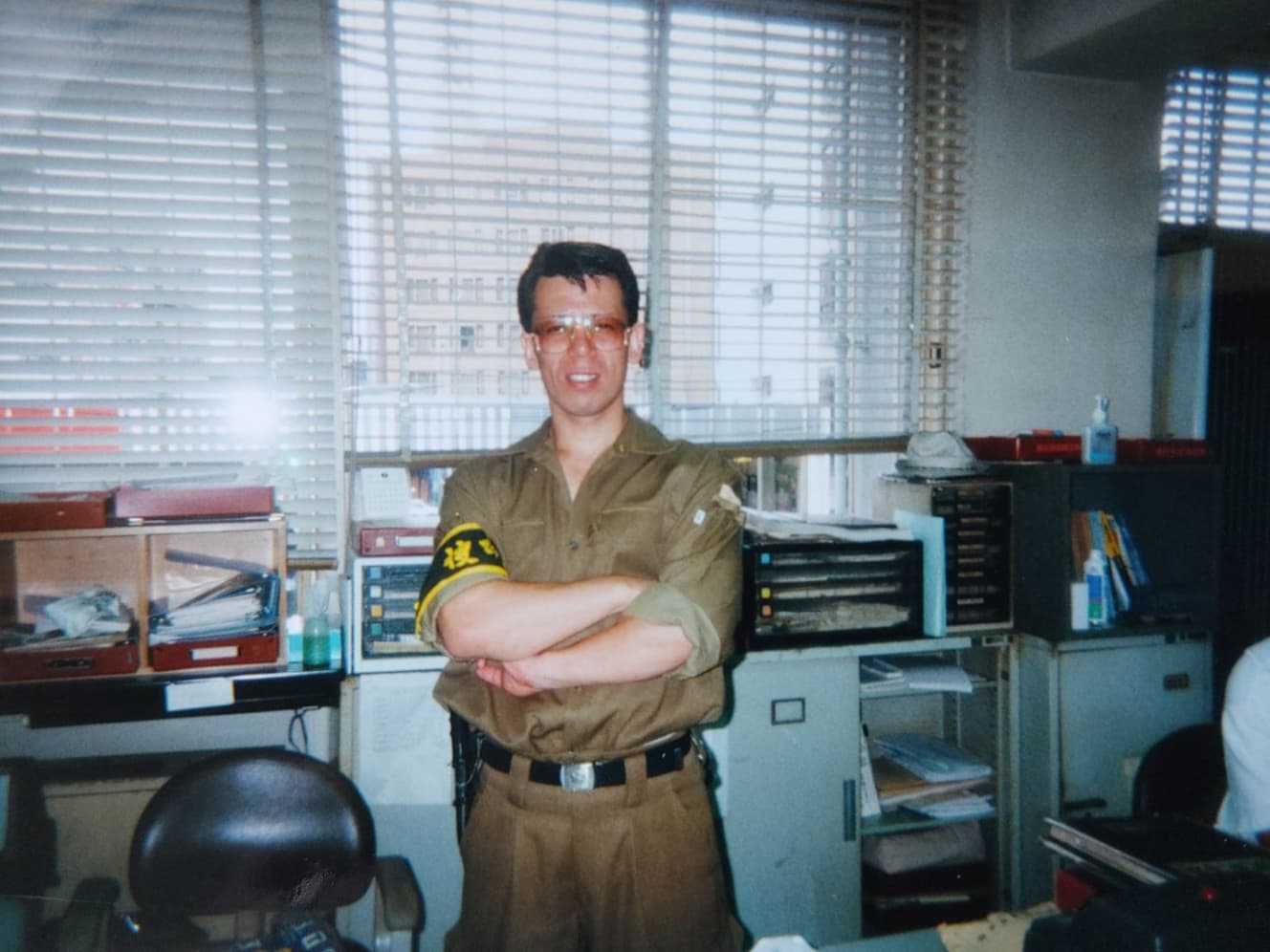
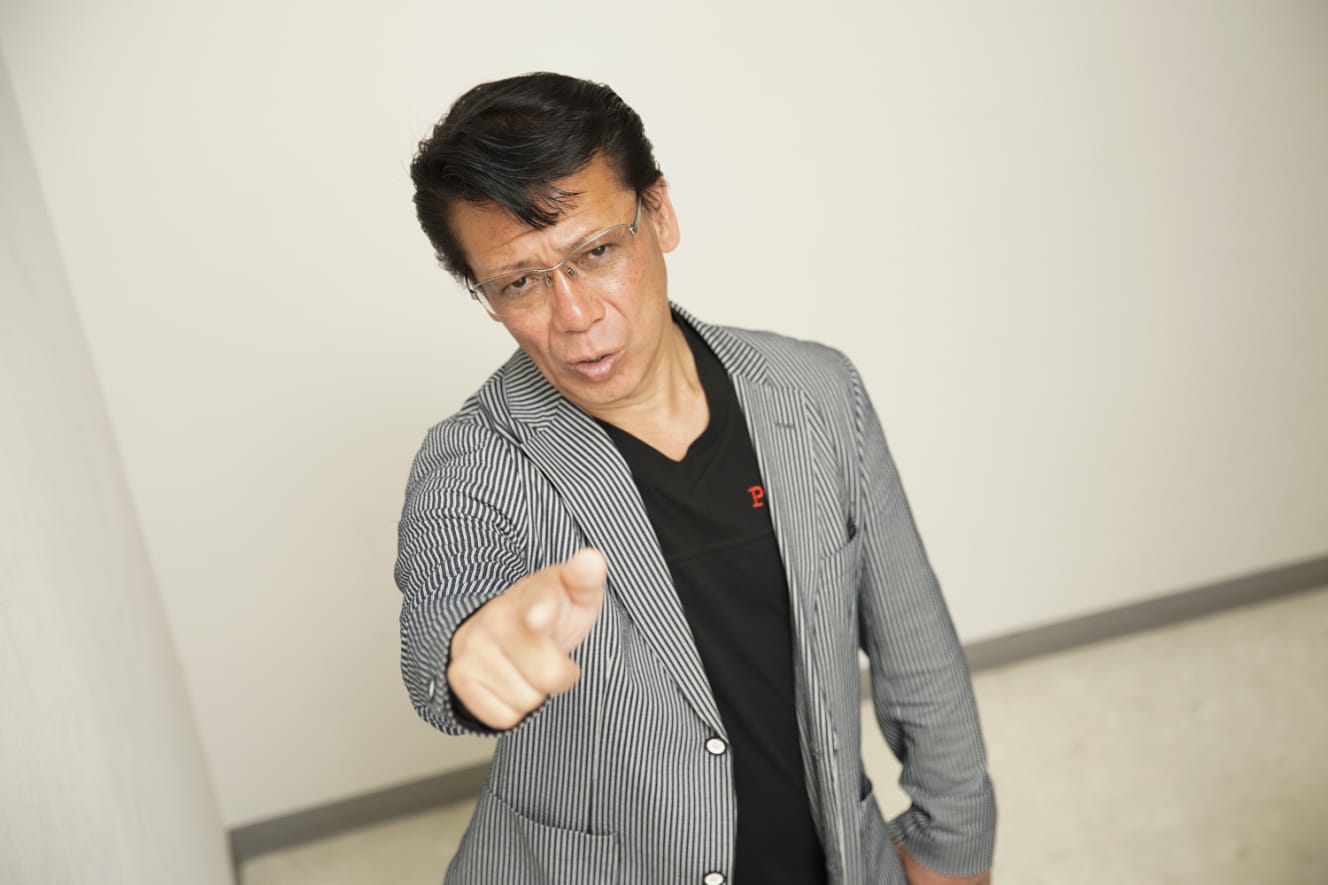

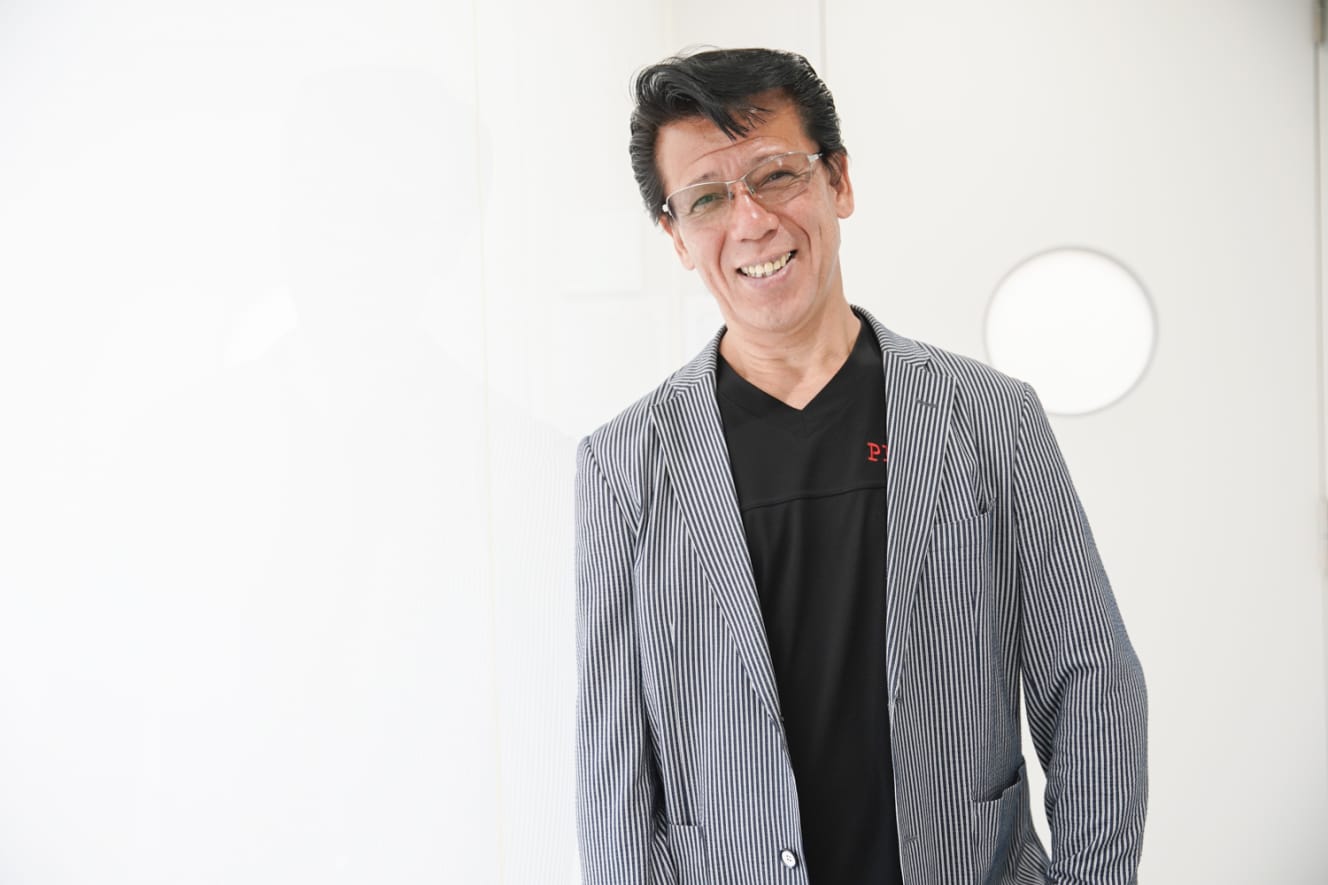
Photo by: Sono Aida, courtesy of Mr. Akiyama